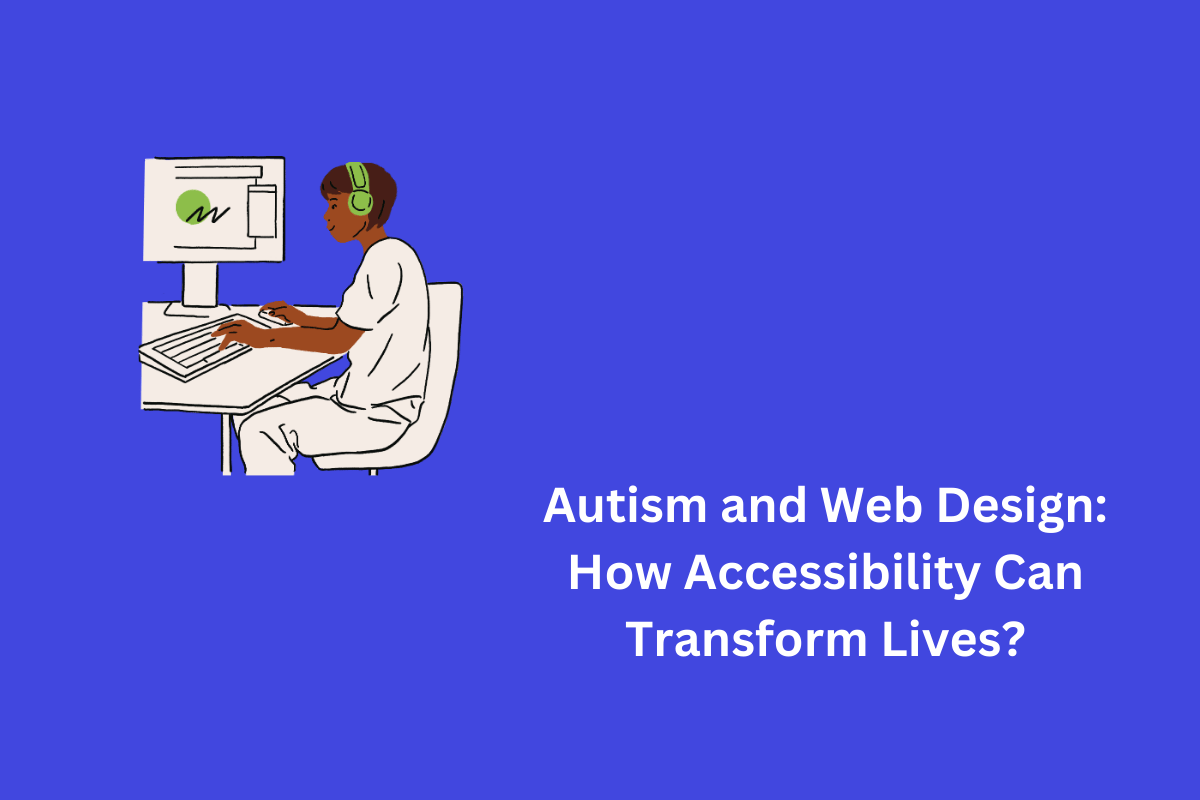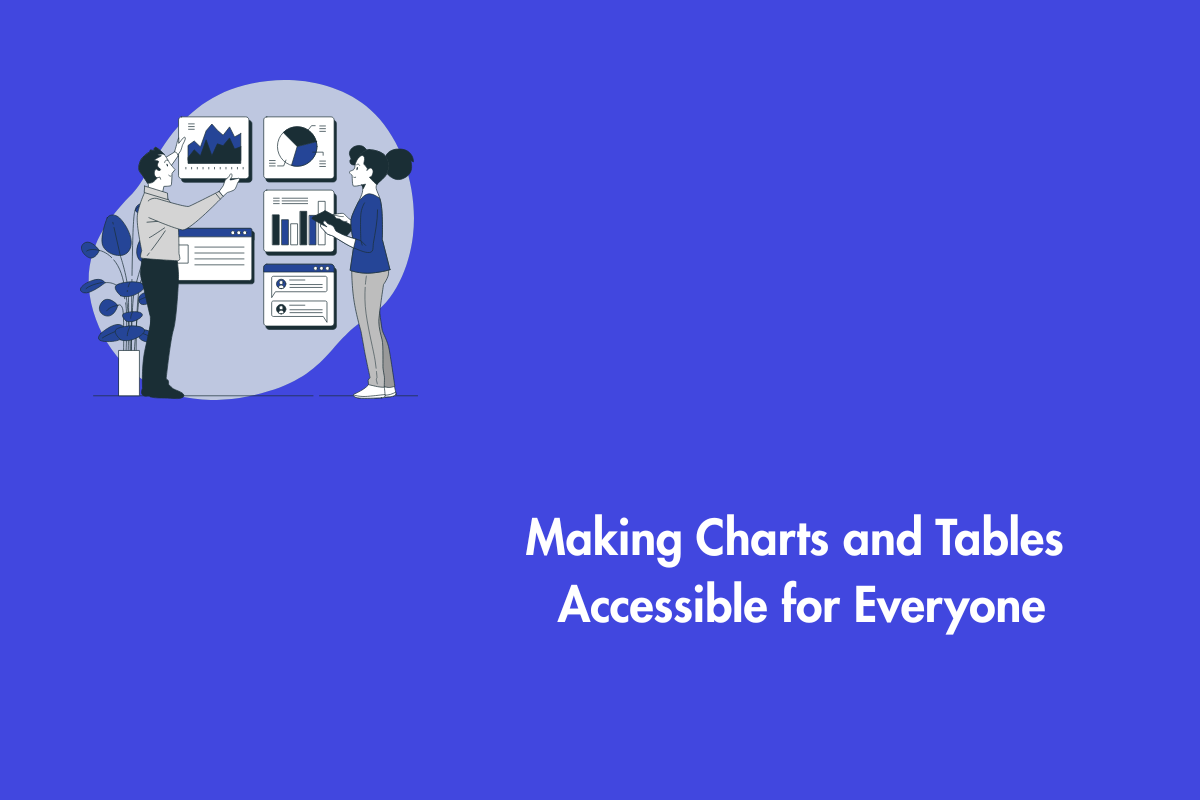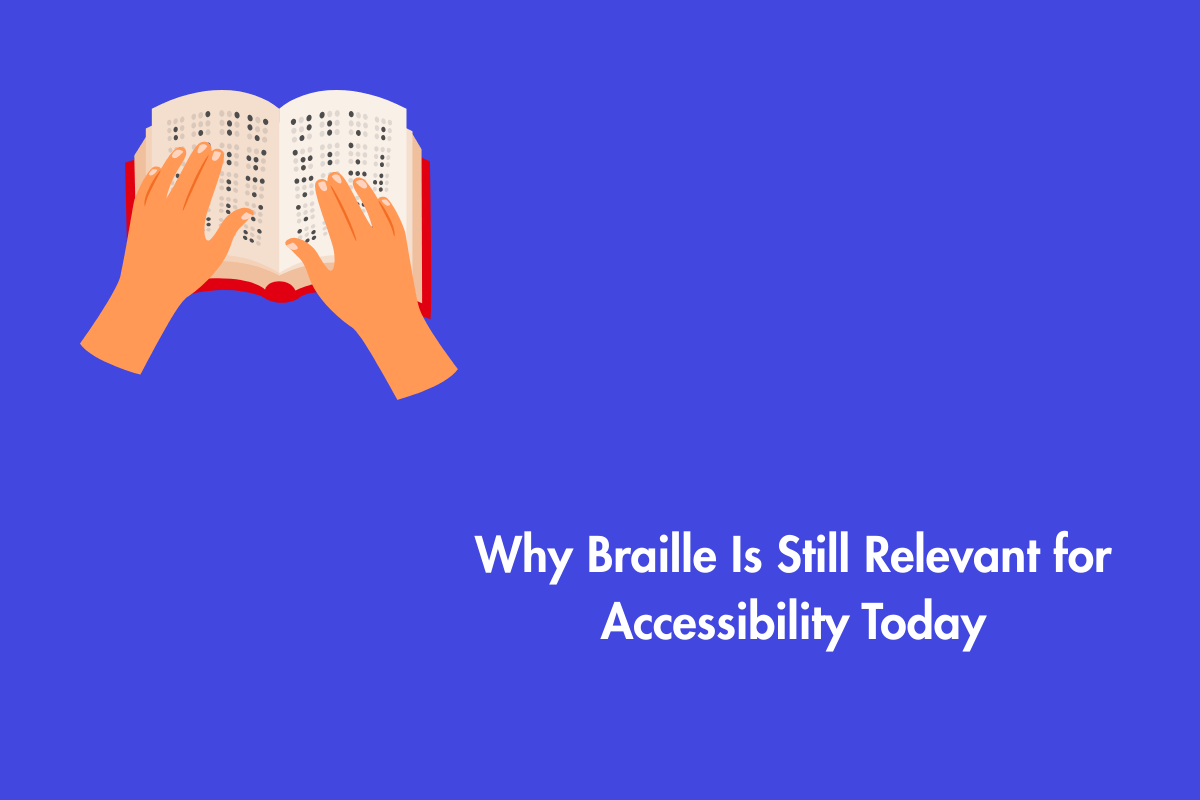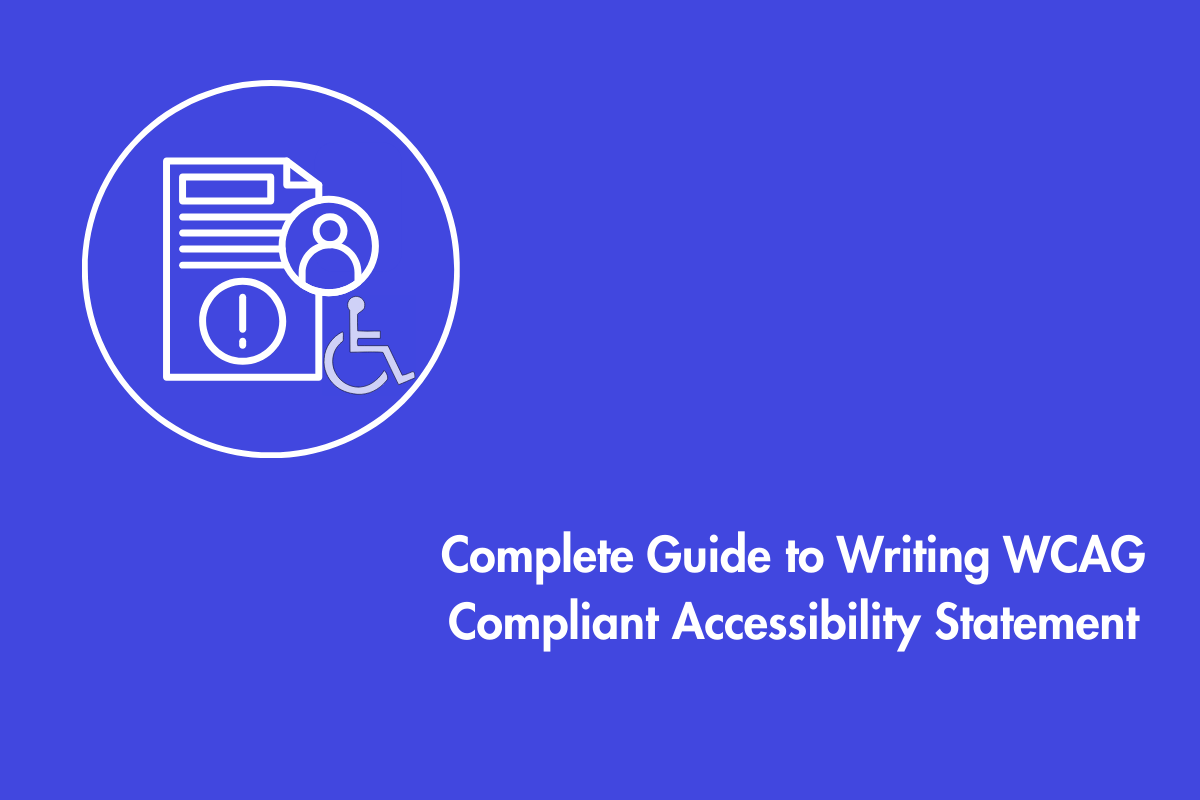As the world increasingly examines the challenges faced by individuals with autism in the digital world, one could argue that the solutions offered to them are now more comprehensive, to the point where we might even refer to it as Autism 2.0.
Approximately 3% of children in the U.S. are diagnosed with autism and there is an increased awareness. Furthermore, it’s crucial to consider how web accessibility can play a pivotal role in improving their daily lives, particularly in the online world.
Let’s examine the specifics of developing an inclusive website relevant to individuals with autism.
Table of Contents
What is Autism?
Autism Spectrum Disorder (ASD) is a neurodevelopmental condition that impacts an individual’s ability to learn, communicate, interact socially, and behave. The disorder manifests in various symptoms and severity levels, often resulting in challenges with social skills, repetitive behaviors, and unique ways of processing sensory information…
With the increased number of people on the Autism spectrum, developers, organizations, and businesses must consider how individuals on the spectrum interact with the digital environment.
Trending hashtags like #asd, #a11y, #wcag, and #autism2.0 are gaining popularity among the Gen-Z generation, and there is growing optimism for greater inclusivity and accessibility.
The internet is central to modern life, yet it’s often not designed with neurodiversity in mind. Web accessibility standards can help close this gap—accessible web design should be an essential part of individuals with autism’s online experience.
Web Accessibility and Individuals with Autism
When we mention web accessibility, often we focus on assistive technologies addressing motor and physical disabilities. However, accessibility is equally important for people with cognitive disabilities, including those with autism.
Many individuals on the autism spectrum face unique challenges that make navigating traditional websites difficult. Stimuli such as bright colors, flashing lights, and loud noises can be overwhelming for those with autism. Websites overloaded with such sensory elements can lead to discomfort or anxiety.
People with autism prefer routine and predictability. Websites with inconsistent layouts, confusing navigation, or unexpected actions can create stress and frustration.
Additionally, individuals with autism may struggle with complex language, idioms, or social cues – web content that includes jargon or unclear instructions can be particularly difficult to understand.
Web accessibility for individuals with autism goes beyond improving functionality for those with physical disabilities. It also involves addressing cognitive needs, minimizing sensory overload, and creating more predictable, user-friendly online environments. Developers must consider how people with autism perceive the world and design websites with these specific needs in mind.
How Web Accessibility Standards Aid Individuals with Autism?
The Web Content Accessibility Guidelines or WCAG is the most widely recognized and utilized standard for web accessibility. The norms outlined in WCAG not only cater to the population with disabilities but emphasizes on serving individuals with cognitive impairments such as autism.
The U.S. Department of Justice has cited WCAG 2.0 as an acceptable norm to be adhered to, for complying with the Americans with Disabilities Act.
We outline a few key WCAG guidelines that are particularly relevant for individuals with autism.
Navigation and Layout
1. Consistency in Navigation and Layout
Consistency is the first and foremost feature needed to cater to people with autism. Navigation and layout should be predictable across a website.
Performing the same actions on comparable user interface elements should produce consistent results. This consistency helps individuals with autism to understand the flow of a website and reduces confusion.
2. Adaptable Text and Layouts
Many individuals on the autism spectrum may need adjustments to how content is displayed. Websites should function well when users enlarge text sizes up to 200-300% or disable images and other styles.
While graphics can enhance comprehension, they should not interfere with the website’s functionality. Giving users control over text sizes and how the website appears can greatly enhance accessibility.
3. Minimizing Information Overload and Distractions
Individuals with autism can get overwhelmed by any sensory stimuli that impacts them. It is imperative that any website should not contain clutter and distracting artifacts.
4. Clear use of whitespace
A simple design and a clean layout create a visually appealing structure, effectively guiding the user’s attention to the most important elements, ensuring clarity and enhancing the overall user experience.
5. Limiting moving elements to prevent sensory overload.
Avoid using animation, auto-playing videos, unusual or varying fonts, high-contrast colors or images, and other distractions that divert attention from the content.
Language
1. Plain Language and Definitive Instructions
The website’s communication with the user should be clear, straightforward, and as direct as possible. Archaic language, technical jargon, and similar terms should only be used when absolutely necessary and avoided otherwise. Simple grammar should be employed to convey the message efficiently and quickly to the user.
2. Text within Images
Text within images should remain legible when the image is scaled to 200-300%. Whenever possible, use actual text instead of embedding it in the image.
3. Styling
Utilize stylistic elements such as italics, bold, color, brief animations, or varied content styles to emphasize key information. However, excessive use can diminish their impact. Avoid using italics or bold for long text passages, and be cautious with ALL CAPS.
4. User Control and Flexibility
People with autism often prefer having control over the environment they interact with. Websites should avoid time limits on content, automatic refreshes, or actions that cannot be paused. Giving users control over these features makes browsing more comfortable.
Forms
Identify all required elements and formatting guidelines. Include clear, descriptive labels for forms and fieldsets and legends where applicable.
Benefits of Accessible Websites for People with Autism
The implementation of web accessibility practices tailored to individuals with autism can have a profound impact. These benefits extend beyond following regulations or avoiding legal challenges; they promote inclusion, independence, and a better user experience for all.
By minimizing sensory overload and providing clear, predictable layouts, websites become more comfortable spaces for individuals with autism to navigate. This can reduce anxiety and frustration, allowing users to access information more easily.
Accessible websites empower individuals with autism to complete tasks online independently—whether it’s shopping, researching, or filling out forms. By removing unnecessary barriers, these websites enable users to engage independently without requiring assistance.
With straightforward language and clear instructions, individuals with autism are better able to comprehend and interact with website content. This enhances communication and promotes greater inclusion in the digital space.
The primary goal of an accessible website is to address both cognitive and sensory needs in a comprehensive way, making the site more engaging for people with autism, which in turn increases viewership and participation from this community.
Web Developers and promoting Accessibility
The developers and the organization they work with could share a collective responsibility to make the business website accessible for people including individuals with autism.
People building websites can help ensure that they are inclusive and accessible by following WCAG guidelines and considering the distinguished challenges faced by individuals on the autism spectrum.
Wrapping Up
Considering the unique challenges the autism community faces in physical spaces, it is important to explore alternatives to common obstacles in their daily lives to improve their quality of life. By emphasizing this message year-round, particularly on World Autism Awareness Day, the developer community is responsible for extending accessibility to individuals with autism beyond physical spaces and into the digital world.
It is crucial to note here that individuals with autism go about surfing the web in ways that differ from that of those who are not part of the spectrum.
By adopting web accessibility standards early on, developers can develop digital environments that are meant for everyone to use and embrace.
At AEL Data, we’re resolute in creating accessible, inclusive digital experiences that are meant for everyone, as we are passionate about our craft and go to the full extent of perceiving how people with autism see the world. To commit to the promise of an accessible and inclusive website to cater to people with autism and other disabilities, get in touch with us today!
Let’s work together to ensure your digital presence is welcoming for all users. Contact us now to discover how AEL Data can improve your website’s accessibility.



